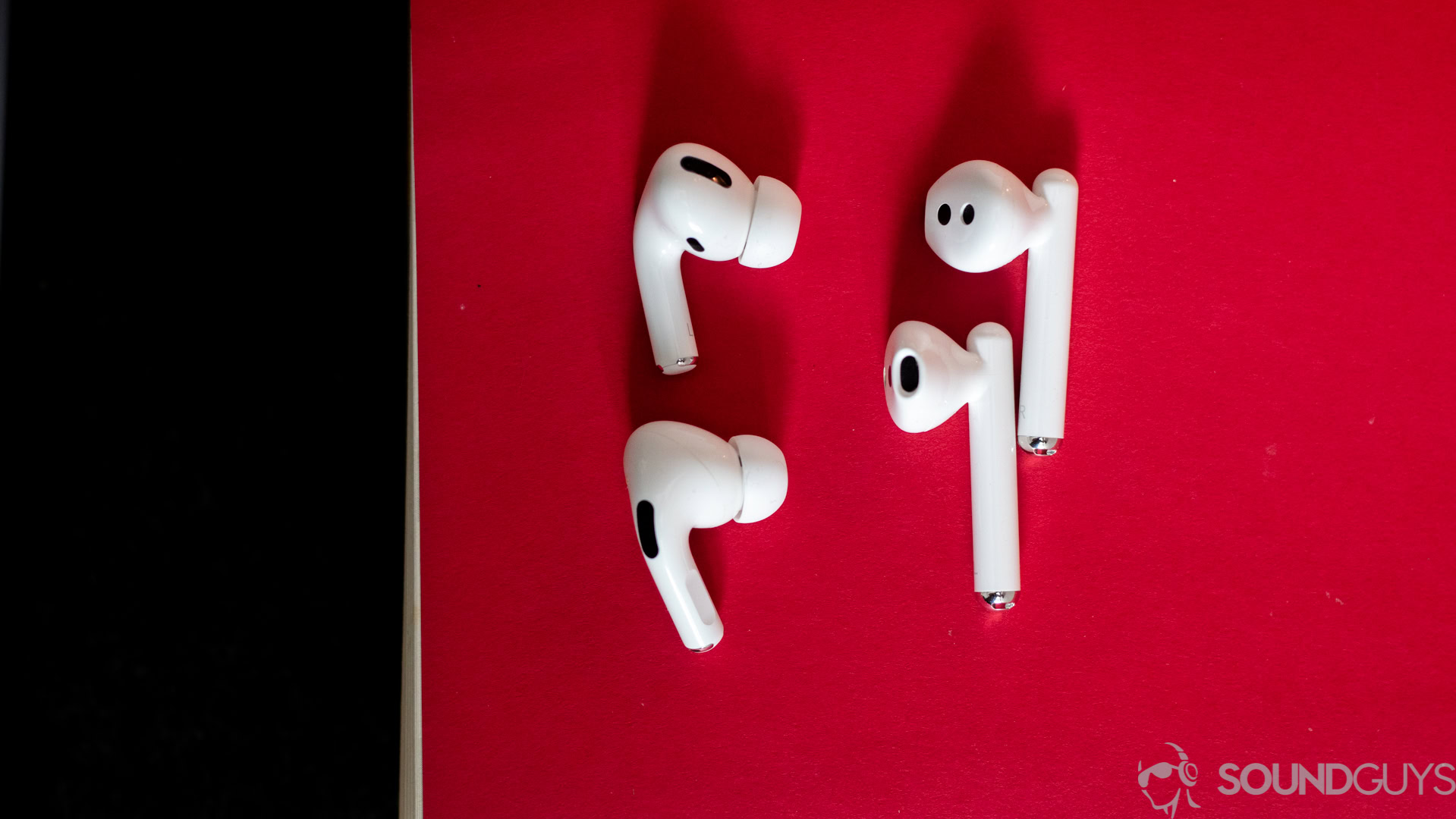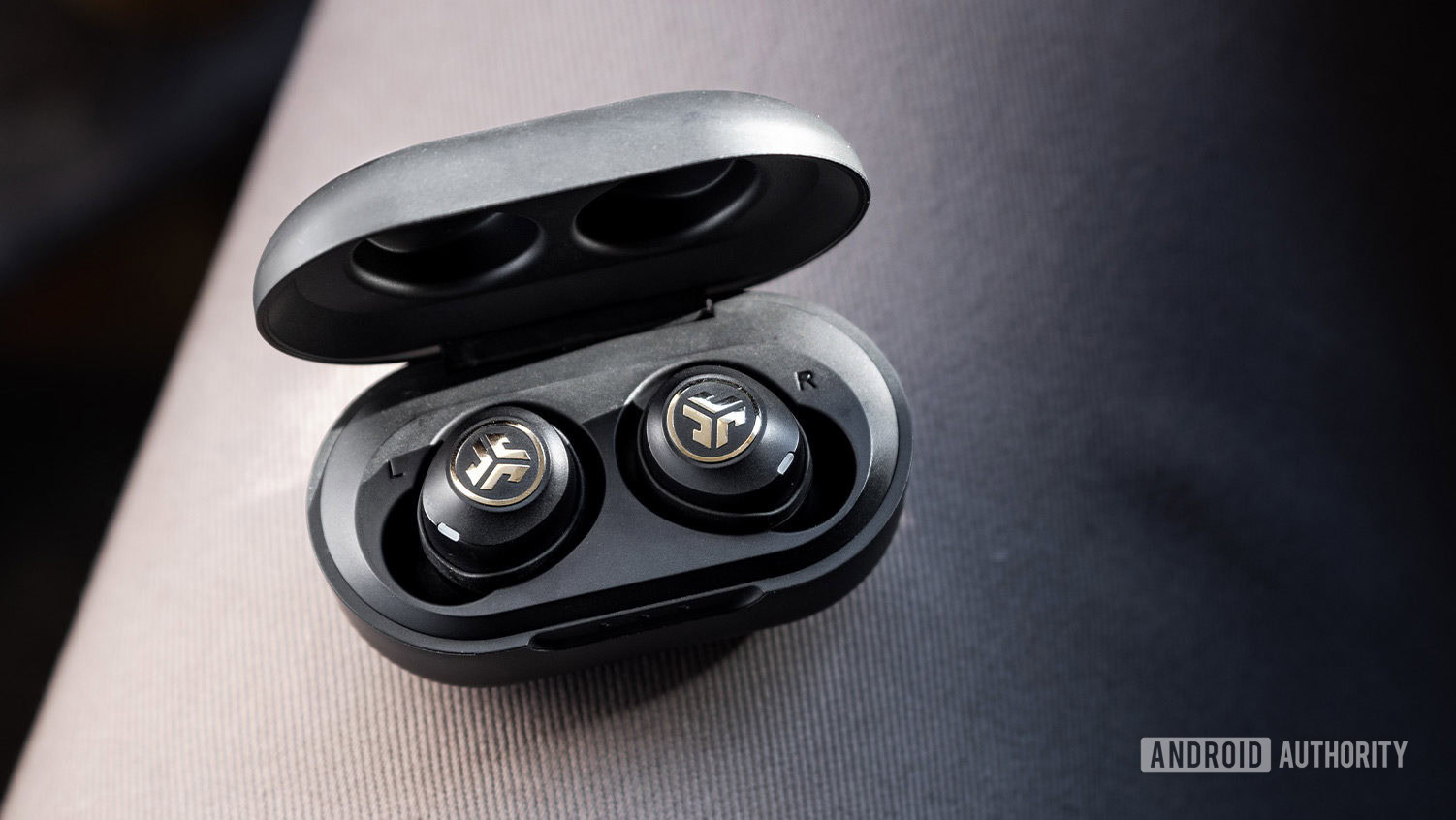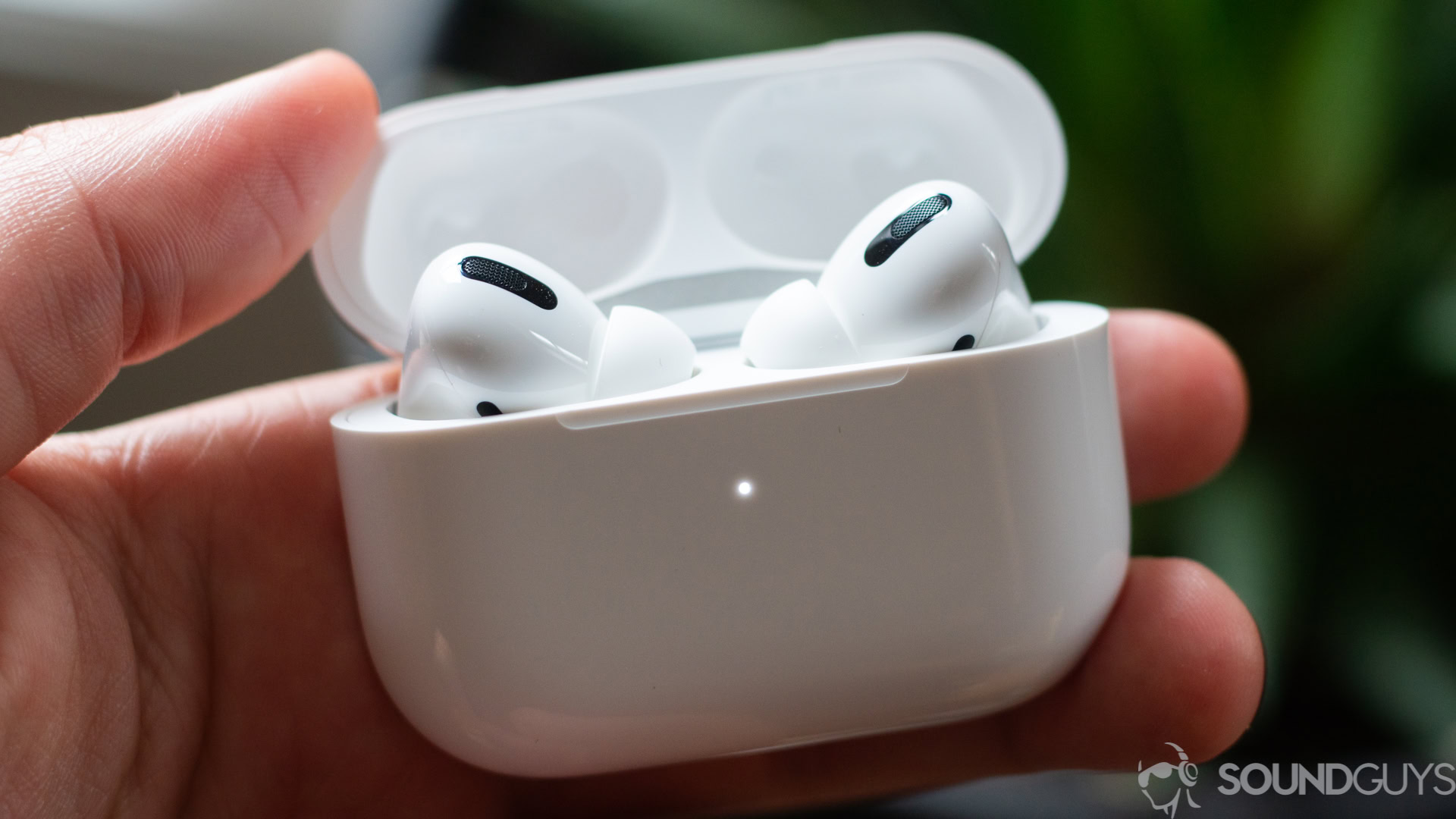Affiliate links on Android Authority may earn us a commission. Learn more.
Let's talk true wireless earbuds and their battery life

When I think of true wireless earbuds, the Apple AirPods immediately spring to mind. These earbuds share the same battery life as other true wireless earbuds, and all models suffer from the same problem: a very short life cycle. Why is that? After all, you could be spending upwards of $200 on your earphones, so you want them to last. We constantly subject the batteries to a charge and deplete cycle, which shortens the lifespan of those tiny battery cells.
Let’s see if there’s anything you can do to prevent this, and how companies are addressing it — if at all.
Editor’s note: This article was updated on April 19. 2021, to address the Bose Sport Open Earbuds’ charging technology.
Battery problems are nothing new in the tech industry
Let’s turn our attention to 2017, when Apple iPhone battery issue took the world by storm. Apple even went so far as to heavily discount battery replacement services for anyone owning an iPhone 6 or later. Believe it or not, it’s not just Apple that had battery issues: Samsung faced a flaming debacle back in 2017 when its Samsung Galaxy Note 7 had a nasty tendency of spontaneously combusting.
Of course, it isn’t always this extreme. People air their woes about planned obsolesce when they say, “It’s not built how it used to be.” Sometimes these users report screens that crack too easily, loose headphone jacks, or frayed cables. With true wireless earbuds, this complaint references a very short life cycle.
Why don’t true wireless batteries last?

True wireless earbuds are just too small. From our smartphones to our headphones, our lives run on lithium-ion (li-ion) batteries, but with both of those products, there’s ample room to pack in a large battery cell. Although li-ion technology is efficient, size still matters.
With regards to the AirPods battery life, or any true wireless earbuds’ battery life, the li-ion cell capacity is markedly smaller than those found in our smartphones.
It's not just AirPods; true wireless earbuds just don't have as long of a lifespan as wireless headphones.
Take the Creative Outlier Gold, it’s a modern wonder that these earbuds last 10.3 hours on a single charge of two 80mAh cells. To put it into perspective: the Samsung Galaxy S10 has a 3,400mAh capacity. But, the problem isn’t so much standalone battery life anymore, rather product longevity. Time will tell how the Creative Outlier Gold’s battery life performs over the years, but the constant charging and depletion cycle that it’s subjected to will likely see a demise similar to the original AirPods.
How to preserve your headset’s battery life
If you know you’re only listening to your earbuds in short bursts, you can store the earbuds outside of the case when inactive. This will keep their batteries in better health over the long run. Separating the earbuds from the case isn’t ideal but it is possible: I manually power off the Jaybird Vista and place them in a bowl with my keys and other to-go items. Now, this does seem to defeat the purpose of the charging case as an object that doubles as a storage unit, but again, it’s worth it if you want your earphones to last. That is, until companies release software updates that intelligently charge true wireless earbuds.
What are companies doing to improve product lifespans?

So far, only one company has addressed the charge-deplete cycle perpetuated by true wireless charging cases: Apple. At WWDC 2020, Apple announced iOS 14 features that made marked improvements to the AirPods and AirPods Pro. Among these improvements is Optimized Battery Charging. Since that update, the Airpods have been able to learn each listener’s charging routine. After a bit of time, the headset communicates with the case to refrain from charging past 80% until needed. In turn, this new process will hopefully lengthen the life cycle of iOS users’ AirPods.
Bose has kind of entered the fray with its Bose Sport Open Earbuds. This headset doesn’t include a charging case, and instead, you charge it via a proprietary dock. Bose includes a case with its open-fit earphones but it’s purely protective. While the charging cradle is a bit inconvenient it’s an easy way to extend the life of the Sport Open Earbuds, and you can still store them in a case designed specifically with the earphones in mind.
Hopefully, we’ll begin to see other household names follow suit like Sony, Samsung, and Jabra. If we’re expected to pay hundreds of dollars for a headset, it shouldn’t be radical to expect your earbuds to last more than two years.